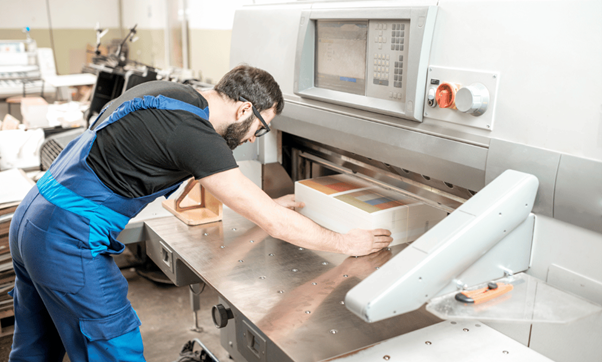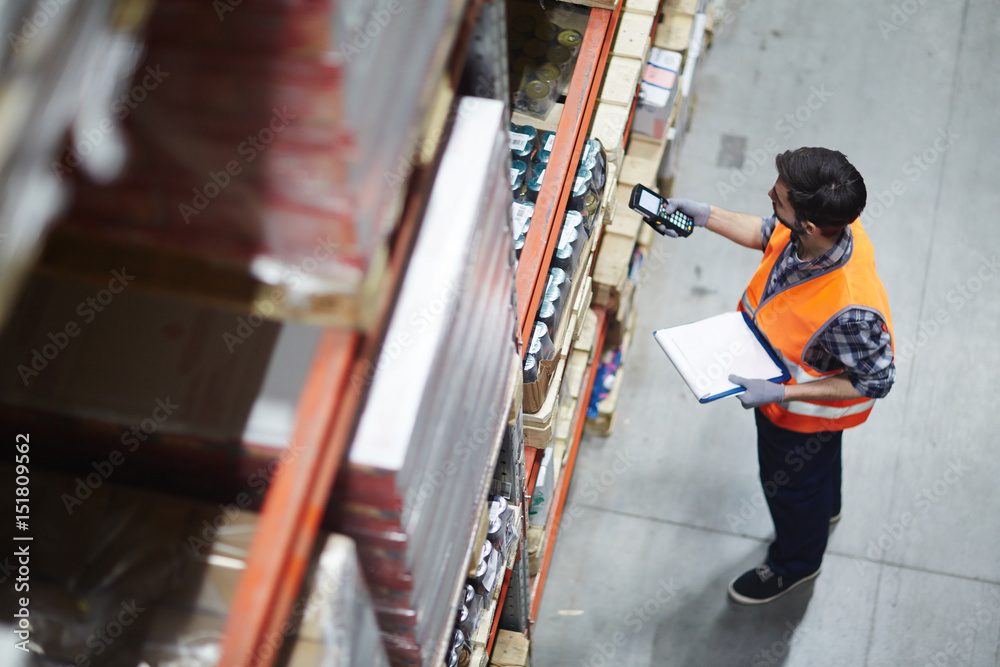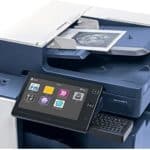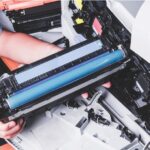A Step-by-Step Guide to Use a Copy Machine Easily
A copy machine stands as an indispensable partner in every business. From its inception, the evolution of this pivotal machine has been nothing short of remarkable. Initially designed to merely duplicate documents, modern photocopiers now boast a plethora of functionalities ranging from scanning to sending digital documents across the globe.
The journey from the old presses of the past to the sophisticated multifunction printers of today underscores the machine’s critical role in office productivity. In this blog post you’ll explore basic functions of copy machine and how to start a copy machine for printing?
Preparing to Use a Copy Machine
Preparing to use a copy machine is a foundational step in ensuring smooth and efficient operation, whether for a single copy or a large batch of documents. This process involves a series of essential actions, each aimed at optimizing the machine’s performance and the quality of the output.

Turning on the Machine and Warming Up
The initiation of the copying process starts with powering up the machine. It’s imperative to inspect the power connection for safety and functionality. Once confirmed, switching on the machine initiates a warm-up phase.
This period is crucial as it allows the machine to reach the operational temperature necessary for optimal performance. Skipping this step could lead to subpar copies or unnecessary strain on the machine, potentially shortening its lifespan.
Loading Paper and Checking Ink/Toner Levels
A smooth copying process is heavily reliant on the availability of paper and sufficient ink or toner levels. Loading the paper tray requires attention to detail, ensuring that the paper is not only correctly oriented but also matches the required size for the task at hand. Misalignment or using an inappropriate paper size can lead to paper jams or unsatisfactory output.
Equally important is the task of checking the machine’s ink or toner levels. Low levels can result in faded prints or, worse, a complete halt to the copying process. Regularly monitoring these levels can prevent unexpected disruptions, especially during critical copying tasks.
Placing Your Document
The quality of the final copy is significantly influenced by how the original document is placed on the machine. The copier glass typically features guidelines to assist in correctly positioning the document. Ensuring the document is aligned according to these markers is important in achieving clear and accurate copies. Any deviation can result in skewed or incomplete copies, undermining the purpose of the copying task.

The preparation phase is about setting the stage for a successful copying experience. It involves ensuring the machine is ready and operational, the necessary supplies are in place and properly set up, and the original document is correctly positioned. These preliminary steps, while seemingly simple, are critical in achieving the desired outcome from your copying tasks, reflecting the importance of diligence and attention to detail in leveraging office technology effectively.
Basic Copying Functions
When approaching the basic functions of a copy machine, understanding how to effectively utilize its capabilities is essential for achieving the desired results in document replication. This deeper dive into the process highlights the nuanced steps involved in selecting copy settings, leveraging the Automated Document Feeder (ADF), and executing the copy command—each contributing to a seamless copying experience.
Selecting Copy Settings
The journey to a perfect copy starts at the machine’s control panel, a nexus where preferences are tailored to meet specific needs. Here, the selection of the number of copies is just the beginning. Users are presented with a variety of choices that influence the outcome:
- Color Preferences: Deciding between black & white or color copies is crucial, especially when dealing with documents where color differentiation matters.
- Paper Size Selection: Matching the output paper size with the original document ensures that the copy maintains its intended format and content layout without unnecessary cropping or scaling.
- Quality Settings: Modern machines allow adjustments in copy quality, enabling users to opt for higher resolution copies for important documents or lower quality for everyday internal use.
- Duplex Printing: Choosing whether to print on one side of the paper or both sides can significantly impact paper usage and the physical bulk of the document set.
Each selection on the control panel tailors the copying process, making it adaptable to a wide range of document types and purposes.
Using the Automated Document Feeder (ADF)
The ADF revolutionizes the copying process, especially when dealing with multiple pages. By stacking documents in the feeder, users can automate the copying of several pages, which the machine processes sequentially. This not only saves time but also ensures consistency across copies. The ADF is particularly beneficial for:
- Multi-page Documents: It streamlines the copying of reports, manuals, and other lengthy documents.
- Efficiency: Reduces manual intervention, allowing users to focus on other tasks while copying is underway.
- Batch Copying: Ideal for creating multiple sets of documents, as it simplifies the process of sorting and organizing the output.
Making the Copy
With preferences set and the document positioned, either on the glass (for single documents) or in the ADF (for multiple pages), initiating the copy process is straightforward. Pressing the start button activates the machine’s internal mechanisms, which, guided by the selected settings, produce the copies. This phase encapsulates the essence of copying technology, combining precision and automation to replicate documents. Modern machines enhance this process by offering:

- Preset Options: For common copying tasks, presets can streamline setup time, applying a set of predefined settings with a single selection.
- Customization and Preview: Some machines provide a preview feature, allowing users to see how the copy will look and make any necessary adjustments before the final output.
- Integration with Other Functions: Advanced copiers integrate copying with scanning, printing, and faxing, making them comprehensive document management solutions.
Navigating through the basic functions of a copy machine, from setting adjustments through the actual copying process, demonstrates the blend of user input and technological sophistication that defines modern document duplication. Mastery of these steps ensures not only the efficiency of the copying process but also the quality and fidelity of the copies produced, underlining the importance of understanding and utilizing the full range of capabilities offered by office copiers.
Conclusion
You can contact us by phone, email, or by visiting our offices:
- Phone: (386) 261-8323
- Email: contact@smarttechfl.com
- Address: 771 Fentress Blvd. #10, Daytona Beach, FL 32114











